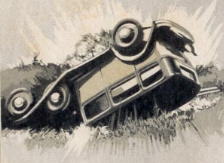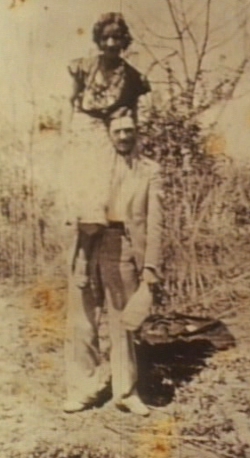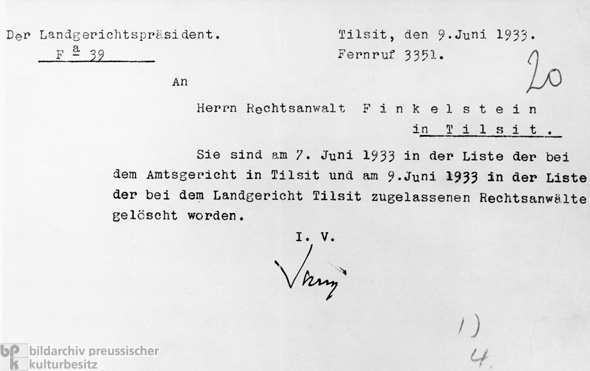Wilted Lettuce and Green Onions
Cut up enough fresh garden lettuce to fill a large bowl. Chop a handful of green onions, and mix with the lettuce. Salt to taste. Heat 2 Tablespoons bacon grease and add 1 Tablespoon vinegar. Pour hot grease and vinegar over lettuce and onions. Serve immediately.
*Note: You can cook a couple pieces of bacon until crisp and then crumble over the top of the salad.
 |
| Yum! Wilted Lettuce Salad |




























